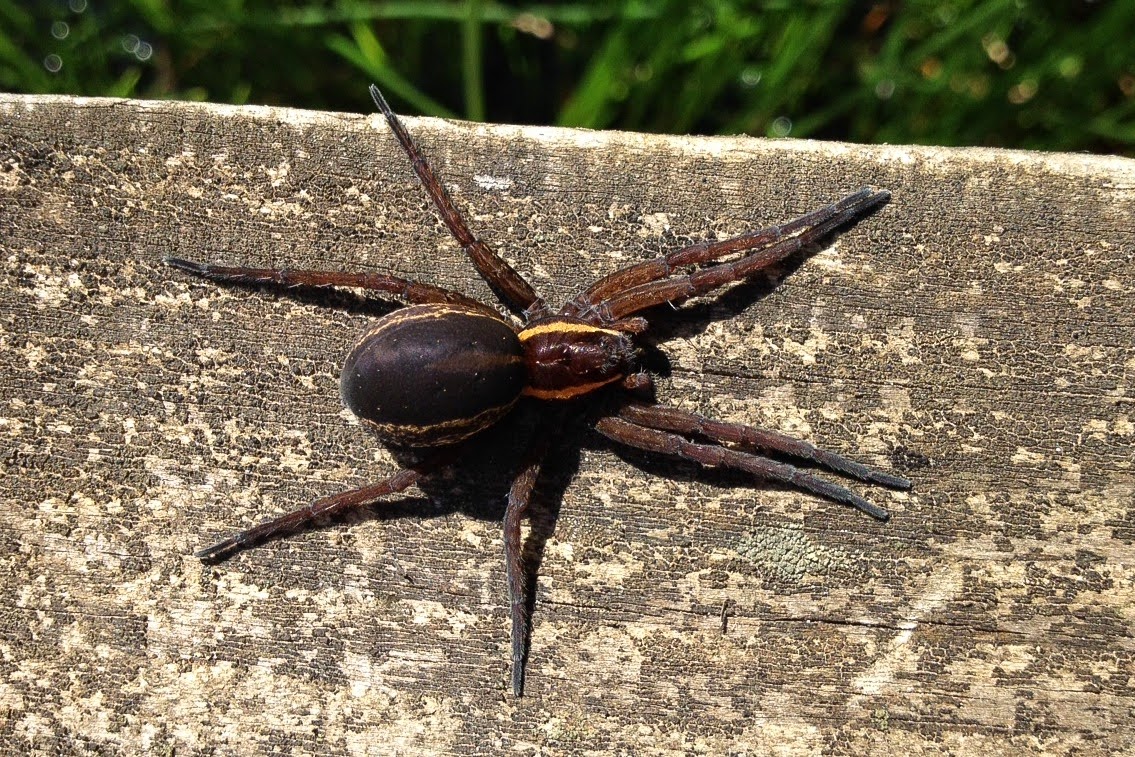I was almost / I was (?) caught out this morning, undertaking the butterfly transect on Portsdown Hill (Compartments 1 and 2), when a new butterfly species appeared on the wing.
Expecting small blue (
Cupido minimus) - as per the last transect - I watched as a small flashing silver blue / brown butterfly launched an airborne assault on a passing common blue (
Polyommatus coridon) - plucky small blue - I thought. Then it landed, and I stalled as the underwing was completely wrong - resembling at best a small female common blue?
Hasty photographs were taken, and I consulted Lewington, R., (2003)
Pocket Guide to the butterflies of Great Britain and Ireland, British Wildlife Publishing.
".. specimens are best confirmed from the underside, where the lack of a spot in the cell of the forewing, near the body, and the almost vertical twin spots on the top edge of the hindwing are conclusive." (Lewington, R. 2003)
I found that the noticeable lack of spot on the forewing was very obvious - but the almost vertical twin spots on the hindwing, were very subjective in the photo given the angle of the wings at rest. Still I was pretty sure that I had now successfully recorded brown argus (
Aricia agestis).
A second similar individual was also seen, and small blue were also seen in flight alongside them.
The record was later confirmed when I submitted the photo to scrutiny on the "Butterfly Conservation in Hampshire" FB page.
This record is the 24th butterfly species that I have recorded in Compartments 1 and 2 so far in 2014, and the 25th (possibly 26th) that I have so far recorded on the whole of the hill this year.
.JPG) |
| brown argus |
 |
| small blue |
 |
| brimstone (Gonepteryx rhamni) |
 |
Robin's pincushion gall - gall on rose spp
produced by Diplolepis rosae
Compartment 2 |
























.JPG)































.JPG)
